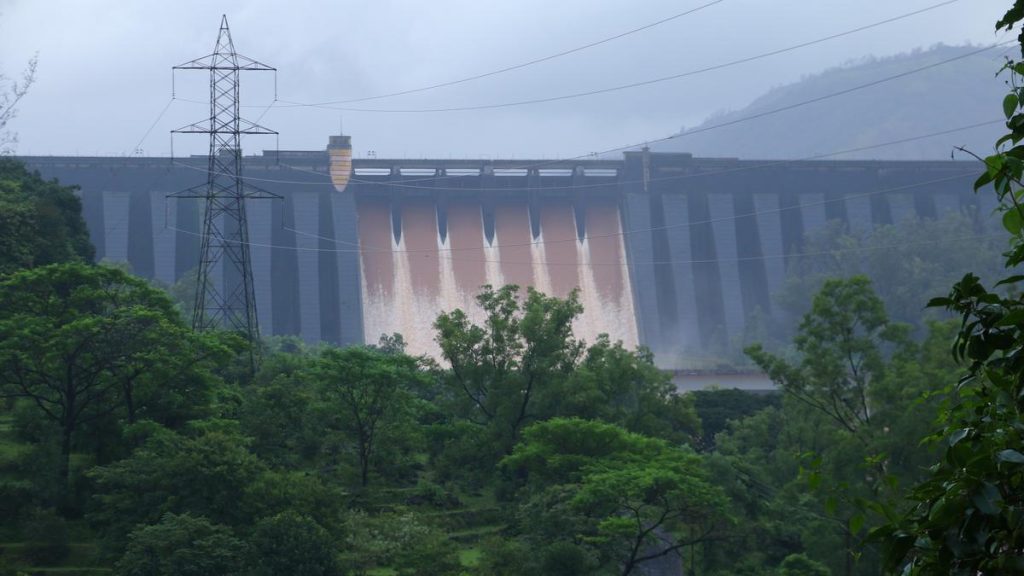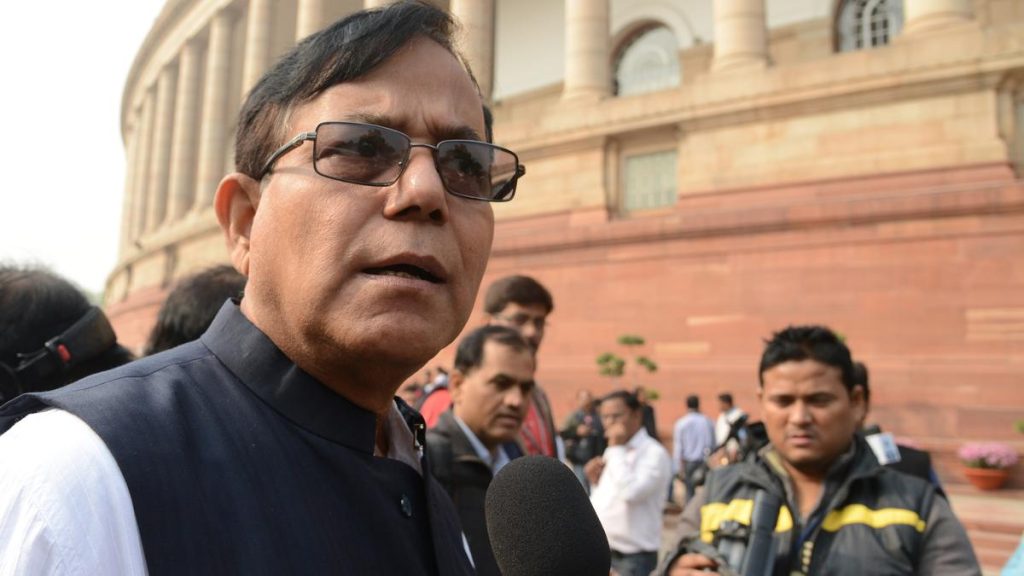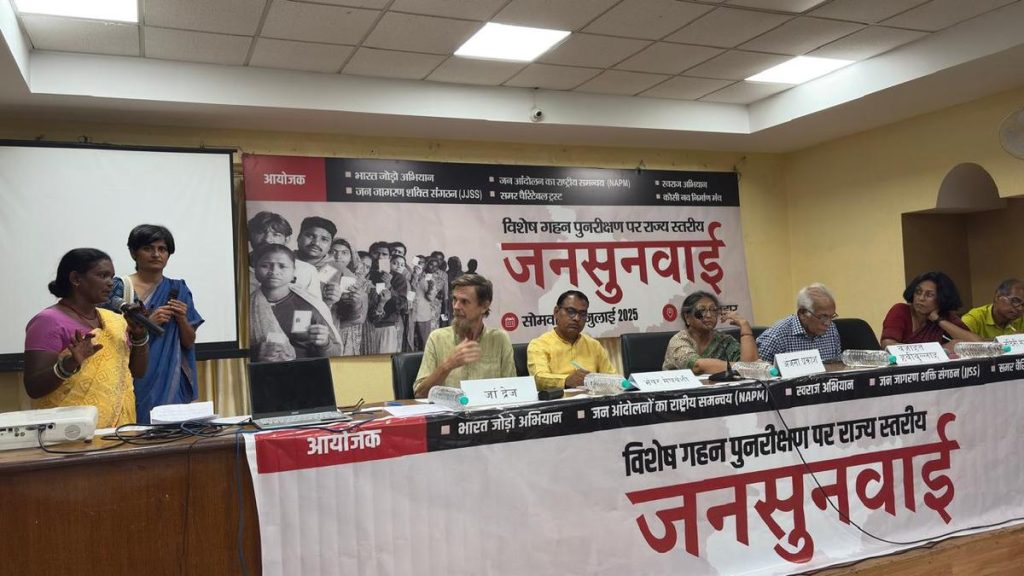Now Reading: Why JPEGs Remain Dominant on the Web
-
01
Why JPEGs Remain Dominant on the Web
Why JPEGs Remain Dominant on the Web

Speedy Summary
- JPEG (Joint Photographic Experts Group) has been the dominant image format for over 30 years, initially surpassing GIF in capabilities like graceful degradation and suitability for high-resolution photography.
- Established as a documented standard by multiple stakeholders, it fulfills diverse needs in fields such as photography and data transmission.
- The JPEG utilizes compression algorithms like discrete Cosine Transform (DCT), enabling notable reduction of file sizes while maintaining visual approximation of the original images, ideal for digital transmission.
- Compression techniques allow flexibility through four operational modes: Sequential DCT,progressive DCT,Sequential Lossless,and Hierarchical Mode.
- Patents have played roles in shaping its trajectory. Unlike GIF’s patent battle led by Unisys, Forgent Networks’ claims on JPEG patents sparked lawsuits but eventually expired in 2007.
- Alternatives like PNG emerged due to licensing issues surrounding other formats.Newer formats such as webp,AVIF,and HEIC offer modern improvements but struggle to dethrone JPEG due to its legacy ubiquity.
Indian Opinion Analysis
The widespread adoption of the JPEG format reflects how standardized tools can drive long-term technological progress globally. For India-a country actively pushing forward wiht digitization-the lesson from JPEG’s success lies in fostering collaboration across industries and institutions when developing digital standards. Formats that are inclusive of stakeholder needs increase their utility across diverse applications ranging from e-governance to professional photography.
As India grows its technology ecosystem with investments in AI imaging technologies or web advancements powered by indigenous algorithms (e.g., compression methods), balancing innovation alongside interoperability remains key for global acceptance. while modern successors aim for efficiency gains over legacy standards like JPEG, India’s widespread internet use could make retaining such well-supported formats practical for low-bandwidth situations encountered domestically.
India’s broader push into intellectual property rights management also gains reasoned insight from compressed history lessons here-prioritizing open licensing models can mitigate legal hurdles when building future-ready infrastructure reliant on widely adopted protocols.



























